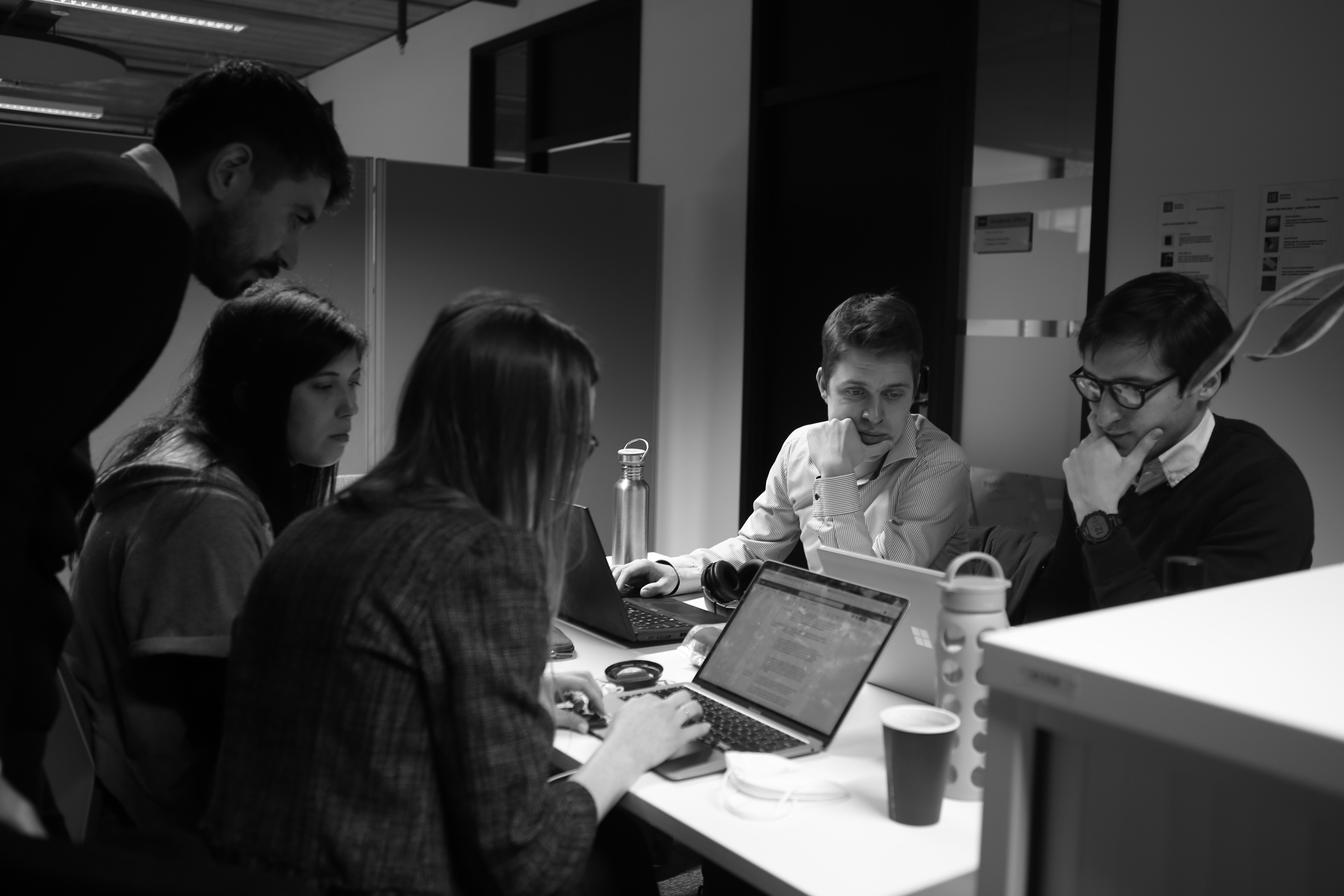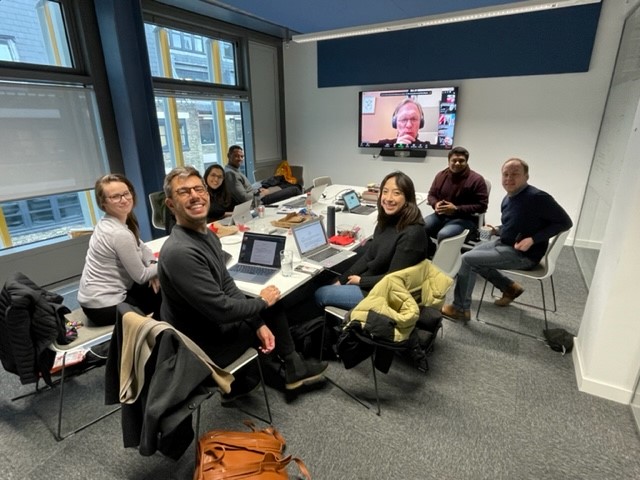Congratulations to all of our SPP students who took part in the annual GPPN conference this month. The selected students were able to take advantage of being a part of the prestigious GPPN network of seven of the top global policy schools, to connect and network with over 100+ participants from around the globe.

Twenty-five teams from across the network were given the opportunity to put their policy skills into action to actively identify and address an important policy challenge. Each team was invited to pitch their projects to the jury, comprised of Deans from each leading policy school. After delivering their initial ‘elevator pitch’ presentations, team SPP celebrated success as three teams were selected to present at the second presentation round; the biggest representation of all of the policy schools.
The three selected projects showcased the dynamic experiences and interests of our students who presented about a range of pressing global policy issues including; addressing air quality in Northern India, ensuring greater sustainability in the semi-conductor supply chain and developing an innovative technological platform to promote sustainable fishing in Chile.
Our SPP teams were also able to draw upon the experience of the wider SPP network as they were joined by faulty and alumni, including past GPPN winners, prior to the conference who provided them with valuable feedback for the structure and format of their presentations. A great opportunity for students and alumni to come together to connect, share experiences and enjoy dinner in London!
Congratulations to all of the participants and alumni who took part in the event. A special congratulations to Jonathan Odumeru, Rachel Pilc, Nikita Singh and Sidhartha Tibrewal, whose team won the overall best presentation prize.
